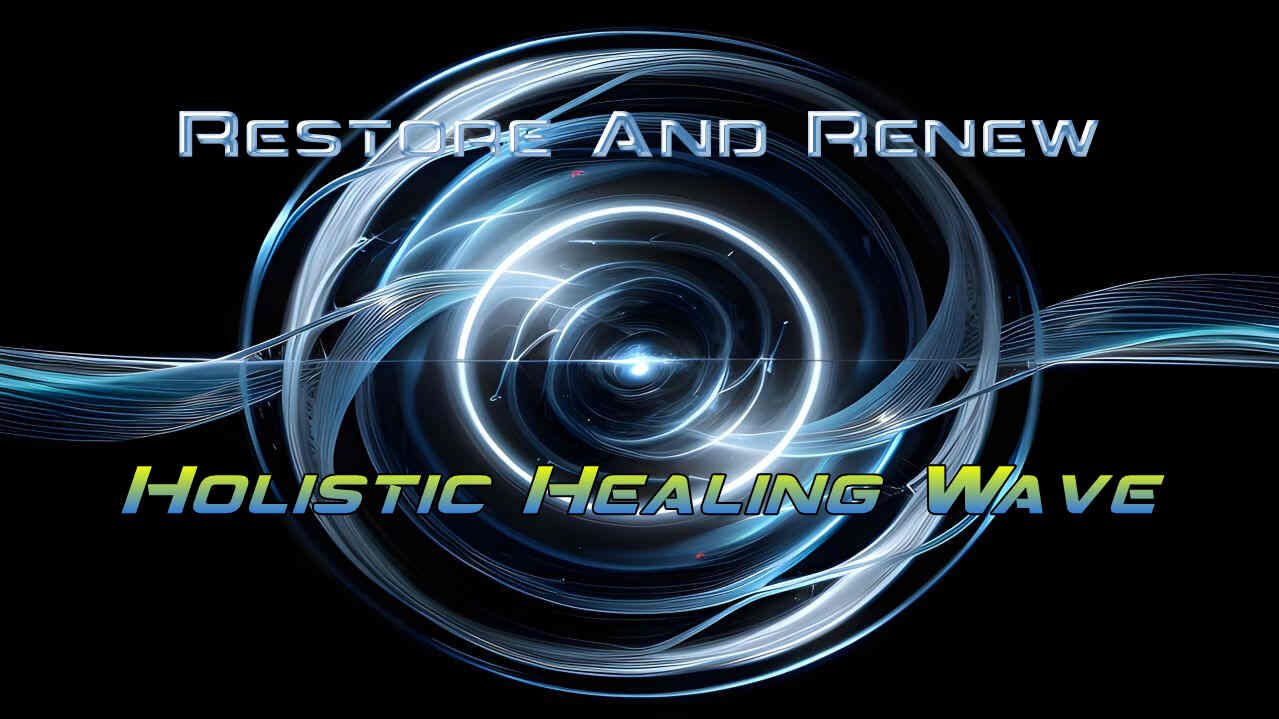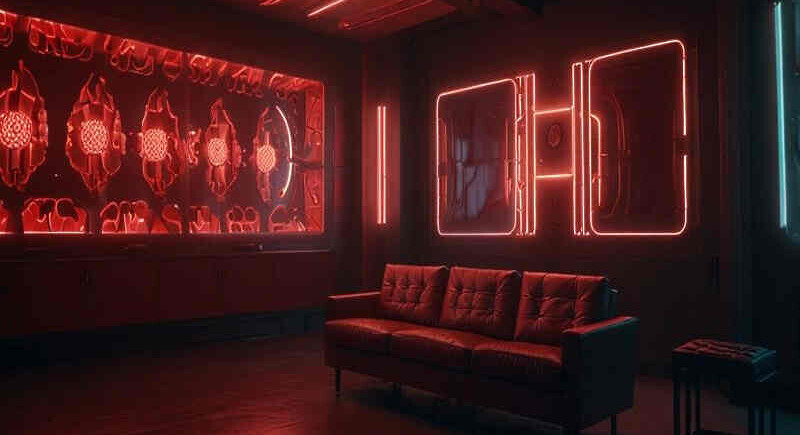.
Red light therapy (RLT) has gained popularity in recent years for its potential benefits in various health and wellness areas. If you’re curious about what it is and how it works, you’re not alone. Let’s dive into the science behind red light therapy and explore some common questions surrounding it.
What Does Red Light Therapy Actually Do?
Red light therapy involves the use of low-level wavelengths of red or near-infrared light. This light penetrates the skin and is thought to stimulate cellular processes, promoting healing and reducing inflammation. The primary effects of red light therapy include:
Enhanced Healing: RLT can accelerate the healing of wounds, reduce pain, and support tissue repair. Detoxification may also be a side benefit of RLT.
Skin Rejuvenation: It is often used for its potential anti-aging effects, helping to improve skin tone, reduce wrinkles, and increase collagen production.
Pain Relief: Many users report reduced pain and inflammation, making it appealing for those with chronic conditions like arthritis or muscle soreness.
Hair Growth: Some studies suggest RLT may help stimulate hair growth in people with certain types of hair loss.
What Does Mayo Clinic Say About Red Light Therapy?
The Mayo Clinic recognizes the potential benefits of red light therapy but advises caution. They note that while some studies indicate positive results for conditions like acne and psoriasis, more research is needed to fully understand its effectiveness and long-term safety. Keep in mind that sometimes allopathic or mainstream medicine is overly cautious when it comes to alternative modalities, and are not cautious enough about the risks and side effects of drug medication.
How Often Should You Do Red Light Therapy?
The frequency of red light therapy sessions can vary depending on individual needs and the specific device used. However, general recommendations suggest:
Initial Phase: For optimal results, many practitioners recommend starting with 3-5 sessions per week for the first few weeks.
Maintenance Phase: After the initial phase, reducing the frequency to 1-2 sessions per week may be sufficient to maintain benefits.
It’s important to follow the guidelines provided with your specific device and consult with a healthcare professional for personalized advice.
Do Dermatologists Use Red Light Therapy?
Yes, many dermatologists incorporate red light therapy into their practice. It’s often used to treat a range of skin conditions, including acne, rosacea, and signs of aging. Dermatologists may recommend RLT as part of a comprehensive treatment plan, especially for patients looking for non-invasive options.
However, as with any treatment, results can vary from person to person, and it’s always best to discuss your specific skin concerns and treatment options with a qualified dermatologist.
Conclusion
Red light therapy is an intriguing treatment option with potential benefits ranging from skin rejuvenation to pain relief. While more research is needed to establish its efficacy fully, many people have found success with this non-invasive therapy. If you’re considering red light therapy, consulting with a healthcare provider or dermatologist can help you navigate your options and determine the best approach for your needs.
Whether you’re looking to improve your skin’s appearance or alleviate chronic pain, red light therapy may be worth exploring. As always, stay informed and make decisions based on reliable information.

